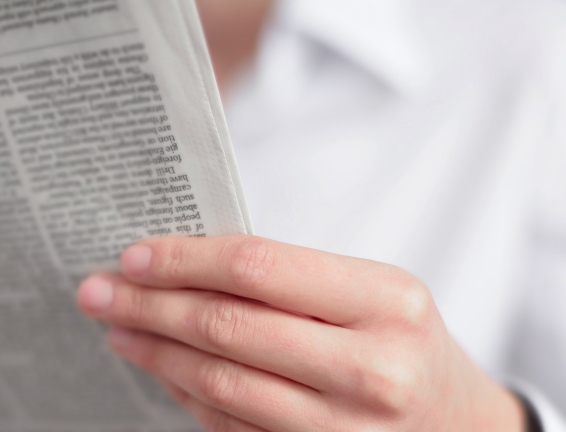Kozak Co-Authors ABA Article Exposing Insurance Treatise Couch on Insurance 3d’s Mischaracterization of the Law Impacting Hundreds of Business-Income Claims Across the Country.
Virtually any Covid-19 business-income case favoring an insurer cites to Section 148:46 of Couch on Insurance 3d or a case relying on it. It is ubiquitous: courts siding with insurers rely on Couch’s “widely held rule” on the meaning of “physical loss or damage”—words typically in the trigger for property-insurance coverage, including business-income coverage. It has been cited, ad nauseam, as evidence of a general consensus that all property-insurance claims require some “distinct, demonstrable, physical alteration of the property.” Indeed, some pro-insurer decisions substitute a citation to this section for an actual analysis of the specific language before the court.
Couch is generally recognized as a significant insurance treatise, and courts have cited it for almost a century. This particular section, however, as formulated in the third edition of Couch, contains an unfortunate—and serious—error. Couch’s apparent conclusion—that “direct physical loss” requires a “distinct, demonstrable, physical alteration”—is wrong. It was wrong when Couch first made it in the 1990s, and it is wrong today. As another well-respected treatise puts it, “when an insurance policy refers to physical loss of or damage to property, the ‘loss of property’ requirement can be satisfied by any ‘detriment,’ and a ‘detriment’ can be present without there having been a physical alteration of the object.”
In this Article, Chris Kozak and his co-authors address the history and development of the “physical loss” rule, Couch’s distortion of it, and its impact on contemporary litigation. They also explore the correct rule, as explained in pre- and post-Couch precedent and in other treatises that more accurately state the law. Finally, they articulate the severe consequences that may follow for banks, businesses, and homeowners if Couch’s test, in fact, becomes “widely accepted.”
Read “Couch’s “Physical Alteration” Fallacy: Its Origins and Consequences,” 56:3 Tort Trial & Ins. Prac. L.J. 621 (Fall 2021), co-authored by Chris Kozak, with editorial assistance from George Plews and Greg Gotwald:
Note: Reproduced with permission. All rights reserved. This information or any portion thereof may not be copied or disseminated in any form or by any means or stored in an electronic database or retrieval system without the express written consent of the American Bar Association or the copyright holder.
Categorized: Articles

